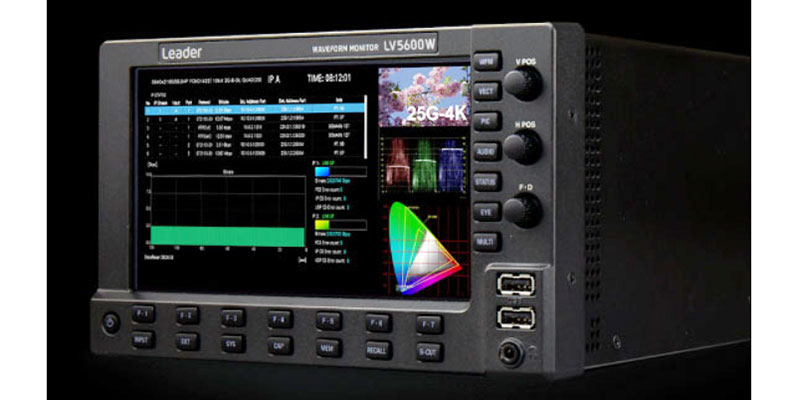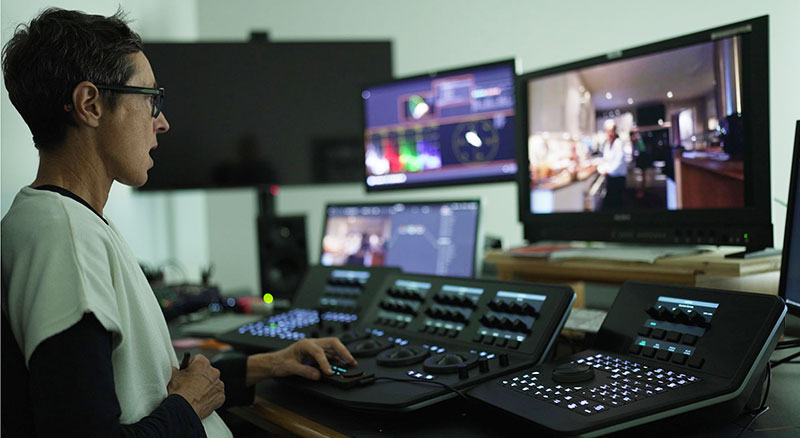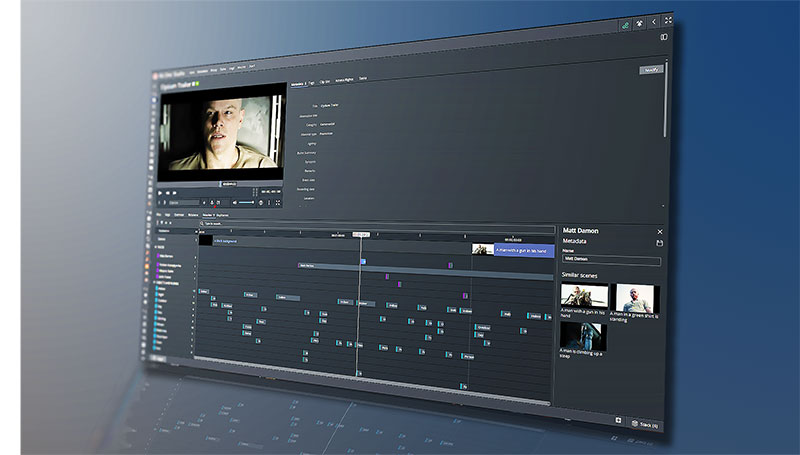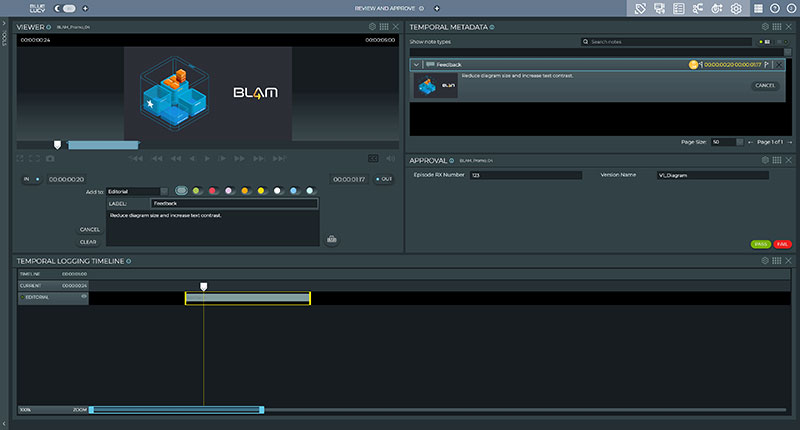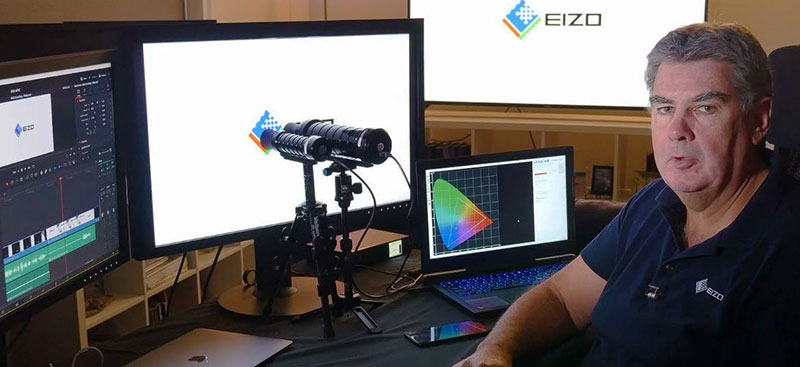Telestream Qualify now includes AI features to enhance media QC workflows, including automatic language detection, to address growing demand for global content localisation.
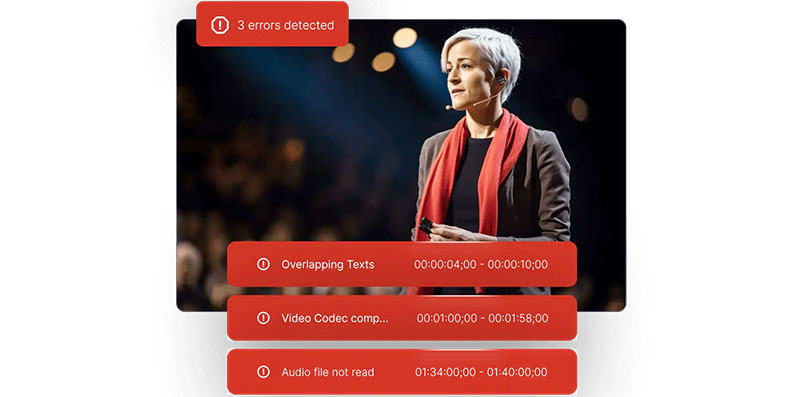
Telestream Qualify, a cloud-native quality control system, is updated with artificial intelligence (AI) and machine learning features that automate language detection, accurately identifying spoken languages in media content.
For broadcasters and streaming platforms managing content with numerous audio tracks in multiple languages, the new language detection feature addresses a persistent challenge. Language identification has depended on manual QC processes that are labour-intensive, prone to error, and inadequate for organisations scaling their global operations. Telestream's AI-assisted approach improves content localization workflows with precise, automated detection.
Accents, Dialects and Noisy Environments
“Qualify handles accents, regional dialects, and even challenging noisy audio environments,” said Ravi McArthur, Technical Product Manager at Telestream. “Qualify also integrates with workflows like captioning, translation and localisation, so that organizations can unify operations on a global scale and bridge the gap where manual or rule-based solutions fall short.”
Telestream Qualify can now automatically identify English, Spanish, Mandarin and many more languages, even in complex situations. The automation eliminates manual errors and speeds up global distribution pipelines.
Qualify integrates directly with platforms like Vantage and media asset management systems such as Iconik, creating a robust end-to-end workflow. JSON reporting and customizable scripting capabilities also automate tasks such as metadata tagging and transcoding, as well as language detection.
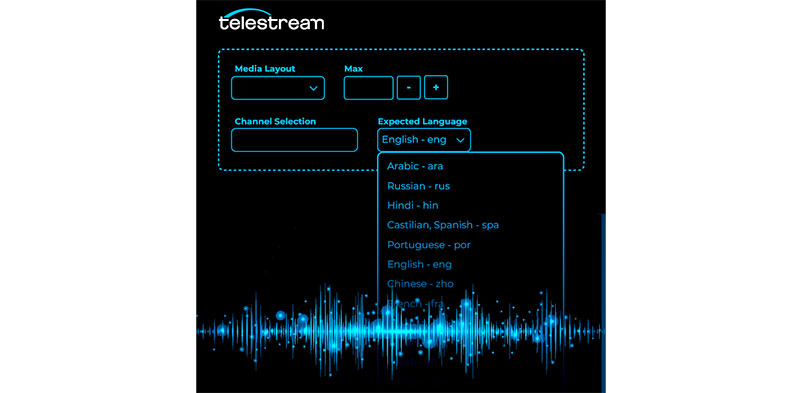
More Updates
Telestream’s QC tests in Qualify range from general validations like duration and bitrate checks to detailed video and audio analysis. The inclusion of AI-enabled profanity detection supports compliance with evolving content regulations and moderation standards.
Dolby Atmos loudness compliance makes sure that audio mixes meet specific loudness standards for consistent playback quality across different platforms and devices.
Other new features planned for the near future are shift-and-drift detection, which finds synchronization issues between audio, captions, subtitles and video in media playback, and Qualify Correction, which will be able to repair and resolve the detected video and audio issues.
Managing Multi-Lingual Content
Global media platforms need to manage extensive multilingual content libraries, often involving audio tracks in numerous languages. Manual operations not only take up resources but also risk errors, such as incorrect language tagging, which can create operational challenges. For example, during manual QC, codes like ‘SP’ are often used incorrectly to represent Spanish instead of the correct ISO 639 standards ‘ES’. Such errors can impact content accessibility and viewing quality.
“New technical demands and increasingly rigid deadlines make quality control processes more complex and inefficient for global media companies,” Ravi said. “Qualify streamlines workflows and increases time-to-value while still ensuring quality and compliance. Using the PyTorch machine learning library, our automated language detection meets the demands of a global, multilingual audience without losing efficiency or quality.”
Telestream's language detection minimizes risks by automating the identification and tagging of languages. This ensures accuracy across vocal nuances, dialects and mixed-language content, and accelerates analysis of large-scale media libraries. Avoiding reliance on manual processes lowers costs. Large global platforms with complex workflows may also find that Qualify helps them to scale more readily. www.telestream.com







